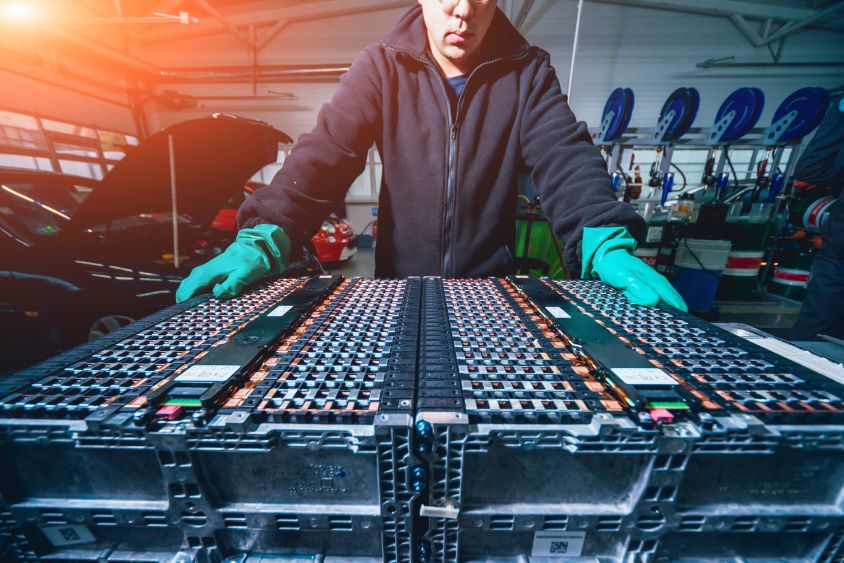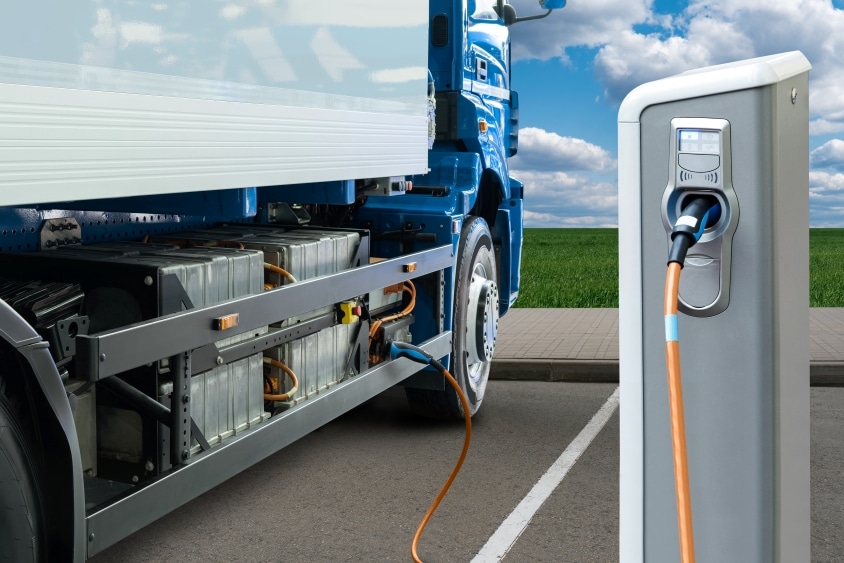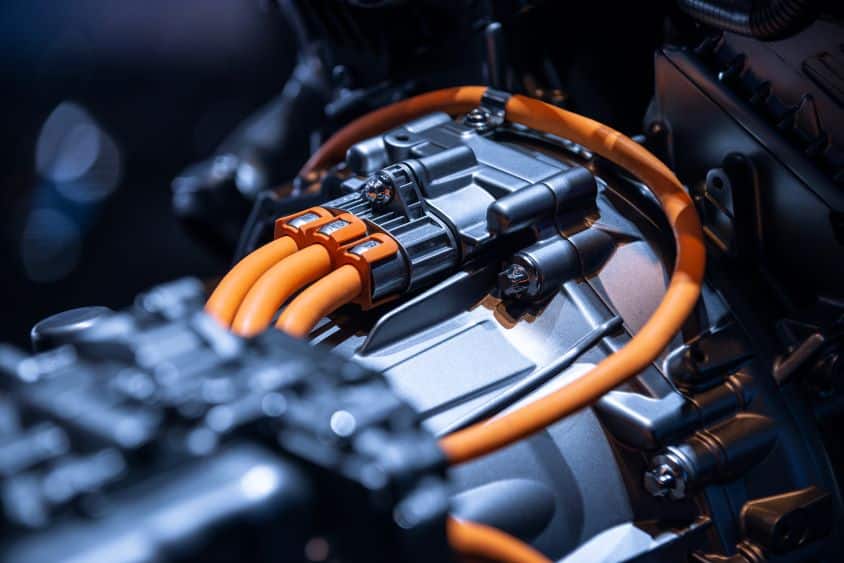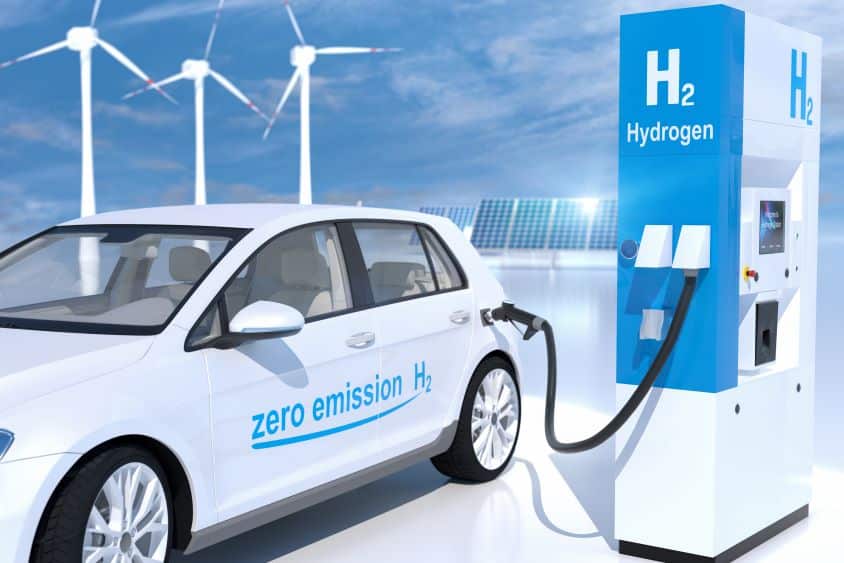Unlike the combustion engines that put petrol and diesel vehicles in motion, electric vehicles operate with the power of lithium-ion batteries – and many of them.
Sharing technology with common devices like phones and computers but significantly scaled up, EV batteries use technology most of us are familiar with (or perhaps even use every day) – just bigger. But how are they made, and what are they made of?
In this blog, we’ll take a look at what it takes to make an electric car battery – from raw materials to the manufacturing process, as well as looking at how long they last and how they can be disposed of.
What are EV batteries made of?
EV batteries are comprised of a range of raw materials that require extraction and mining to obtain. It’s this process of extraction that makes these batteries expensive to make. Metals such as copper, aluminium and iron are commonly used in their creation, as well as precious metals such as nickel and manganese. Additionally, the elements of graphite and lithium are used in the making of EV batteries.
How are EV batteries made?
The process of building electric car batteries is a long one, and whilst it was once highly expensive, developments mean the cost of EV battery production is gradually coming down.
The aforementioned precious metals first need to be mined and then refined into pure compounds. This will help increase the longevity of the battery’s charge. With these materials, layers are formed creating the anode, cathode, and the dividing layer which is the electrolyte.
Many of these layers of precious metals are what make the batteries of electric vehicles so heavy and costly. As means are developed to conduct electric currents more efficiently, these batteries will require less of the more costly resources which will also have a positive effect on the weight of EV batteries too.
How long do EV batteries last?
Electric car batteries typically last around 15 to 20 years as of 2022. What this means in miles is the retention of charging-discharging capacity for 100,000 to 200,000 miles. Since average car ownership lasts up to 11.4 years, the 15+ year life expectancy of EV batteries in their vehicles is more than substantial, and they retain usability after this time period ends too.
Whilst an EV battery’s ability to power a vehicle will eventually come to an end, this doesn’t mean these power sources are rendered totally unusable. There are a number of great ‘second lease of life’ uses for old EV batteries.
What happens to old EV batteries?
When electric car batteries do eventually reach the end of their time powering their vehicle, there are a range of pathways it could be sent on and none of them need be a landfill. When electric vehicle batteries begin to lose their capacity, they may not be able to power vehicles, but the performance they do retain means there are many ways they can be repurposed.
If you want to give an EV battery a second lease of life, they can easily be used as battery storage systems, storing energy from solar panels or other renewable energy sources. Giving these batteries a second life alongside renewable energy is great for the environment for a number of reasons and this is why increasingly we are seeing EV manufacturers investing in schemes to ensure these useful batteries get put to good use.
Nissan and Toyota are two brands making investments into the repurposing of their EV batteries. Nissan is using ex-EV batteries as back up power for the Amsterdam Arena and Toyota is using their old batteries to power food warmers, fridges and more in Japanese shops.
Can you recycle EV batteries?
Whilst you can recycle EV batteries, unfortunately the process of EV battery recycling isn’t highly profitable nor is it simple. But whilst these two factors mean that there are developments still to be made in electric vehicle battery recycling, it’s important that recycling practices do go ahead.
As EVs continue to gain popularity and eventually take over combustion engine vehicles as the motor of choice, we are going to see the number of end-of-life EV batteries increase – and we can’t let them pile up in landfill. Similarly, the mining of new materials required to make new batteries is already having an impact on the environment that will only increase as these vehicles increase in popularity and accessibility.
Recycling the hard to source materials required to make EV batteries is going to be essential as we move towards a society that moves more in EVs than combustion engines, and to maintain the sustainability of this shift it’s important that further developments and investments are made in EV battery recycling.
Fuel Card Services EV Hub
If you are looking to electrify your fleet or have already introduced electric vehicles and are wanting valuable insight on matters such as charging infrastructure, funding support and government grants, and electric charge cards then the our Electric Vehicle Hub is the place.
There we are collating all the up-to-date info you need to stay informed and head of the curve with your electric fleet, electric fleet finance and more. If you need support choosing the right EV charge card of other fuel card for your fleet, then make an enquiry today.





